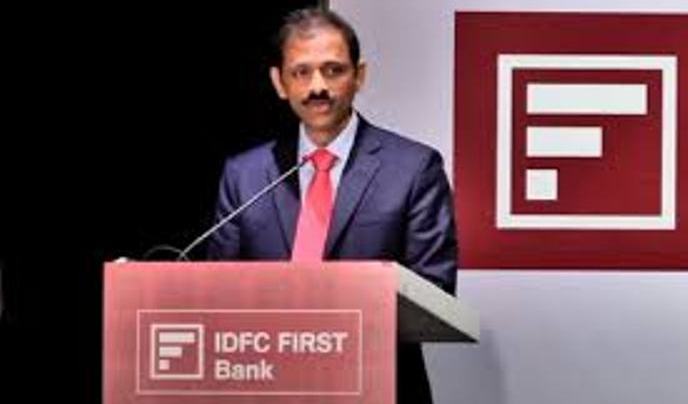In a bold call for financial transparency and systemic resilience, V Vaidyanathan, Managing Director and CEO of IDFC First Bank, has urged Indian regulators and financial institutions to transition toward daily reporting of credit delinquencies. The proposal, if adopted, could mark a paradigm shift in how India monitors and manages credit risk across its banking and lending ecosystem.
Speaking amid rising concerns over stress in the microfinance sector, Vaidyanathan emphasized that daily visibility into borrower behavior would empower banks, regulators, and investors to respond more swiftly to emerging risks, especially in volatile segments like unsecured lending and small-ticket loans.
Why Daily Reporting Matters
Currently, most banks and non-banking financial companies (NBFCs) report delinquency data on a monthly or quarterly basis, which can delay the detection of systemic stress. Vaidyanathan argues that this lag in reporting creates blind spots, particularly in sectors prone to rapid deterioration—such as microfinance, where external shocks like elections, floods, or heatwaves can trigger sudden spikes in non-performing assets (NPAs).
“Delinquencies don’t wait for quarter-end,” Vaidyanathan noted in a recent interview. “If we can track stock prices and weather patterns daily, why not credit health? It’s time we brought that level of granularity to financial risk management.”
The Microfinance Wake-Up Call
IDFC First Bank’s own experience in the microfinance segment underscores the urgency of this proposal. In the third quarter of FY2024–25, the bank reported a 49% quarter-on-quarter jump in gross slippages, amounting to ₹4.37 billion in newly classified NPAs. This spike was attributed to a confluence of adverse events, including heatwaves, floods in Tamil Nadu, and election-related disruptions, which disproportionately affected low-income borrowers.
Despite the sector-wide stress, IDFC First Bank managed to outperform its peers, with Special Mention Accounts (SMA)—a precursor to NPAs—at 2.5%, compared to 3.5–4% for similar institutions. Still, the bank’s leadership believes that early warning systems must evolve beyond retrospective analysis.
A Blueprint for Reform
Vaidyanathan’s proposal aligns with global best practices in credit surveillance. In markets like the U.S. and U.K., credit bureaus and financial institutions often share daily or weekly updates on borrower behavior, enabling real-time credit scoring and risk modeling. India, with its vast and diverse lending landscape, could benefit immensely from such a system—especially as digital lending and fintech platforms proliferate.
The envisioned framework would involve:
-
Daily updates to credit bureaus on missed payments, restructuring, or rollovers
-
Automated alerts for sudden spikes in delinquencies across geographies or borrower segments
-
Integration with AI-based risk engines to flag potential defaults before they materialize
-
Regulatory dashboards for RBI and other watchdogs to monitor sectoral health in real time
Industry Implications
If implemented, daily delinquency reporting could revolutionize how banks manage provisioning, underwriting, and portfolio diversification. It would also enhance investor confidence, as stakeholders gain clearer insights into asset quality and risk exposure.
However, the transition would require significant upgrades in data infrastructure, interoperability between lenders and credit bureaus, and regulatory coordination. Smaller NBFCs and cooperative banks may face challenges in adapting to such a high-frequency reporting regime.
Still, the long-term benefits—reduced credit losses, faster policy response, and improved financial stability—make a compelling case for reform.
IDFC First Bank’s Broader Strategy
Beyond the call for daily reporting, IDFC First Bank continues to focus on retail deposit growth, digital transformation, and portfolio diversification. Despite the microfinance headwinds, the bank’s net interest income rose 14% year-on-year, and its loan book expanded by 22%.
The bank has also taken proactive steps to insure 50% of its portfolio, with plans to increase coverage to 75% by March 2026, further insulating itself from credit shocks.
The Road Ahead
As India’s financial sector grapples with rising credit stress and evolving borrower behavior, Vaidyanathan’s proposal offers a timely and transformative vision. Daily delinquency reporting could become the backbone of a smarter, more responsive banking system—one that anticipates risk rather than merely reacts to it.
Whether regulators embrace this shift remains to be seen, but the conversation has begun. And in a world where data drives decisions, more frequent insights could be the difference between resilience and regret.
Sources: The Economic Times, ThePrint, IDFC First Bank
